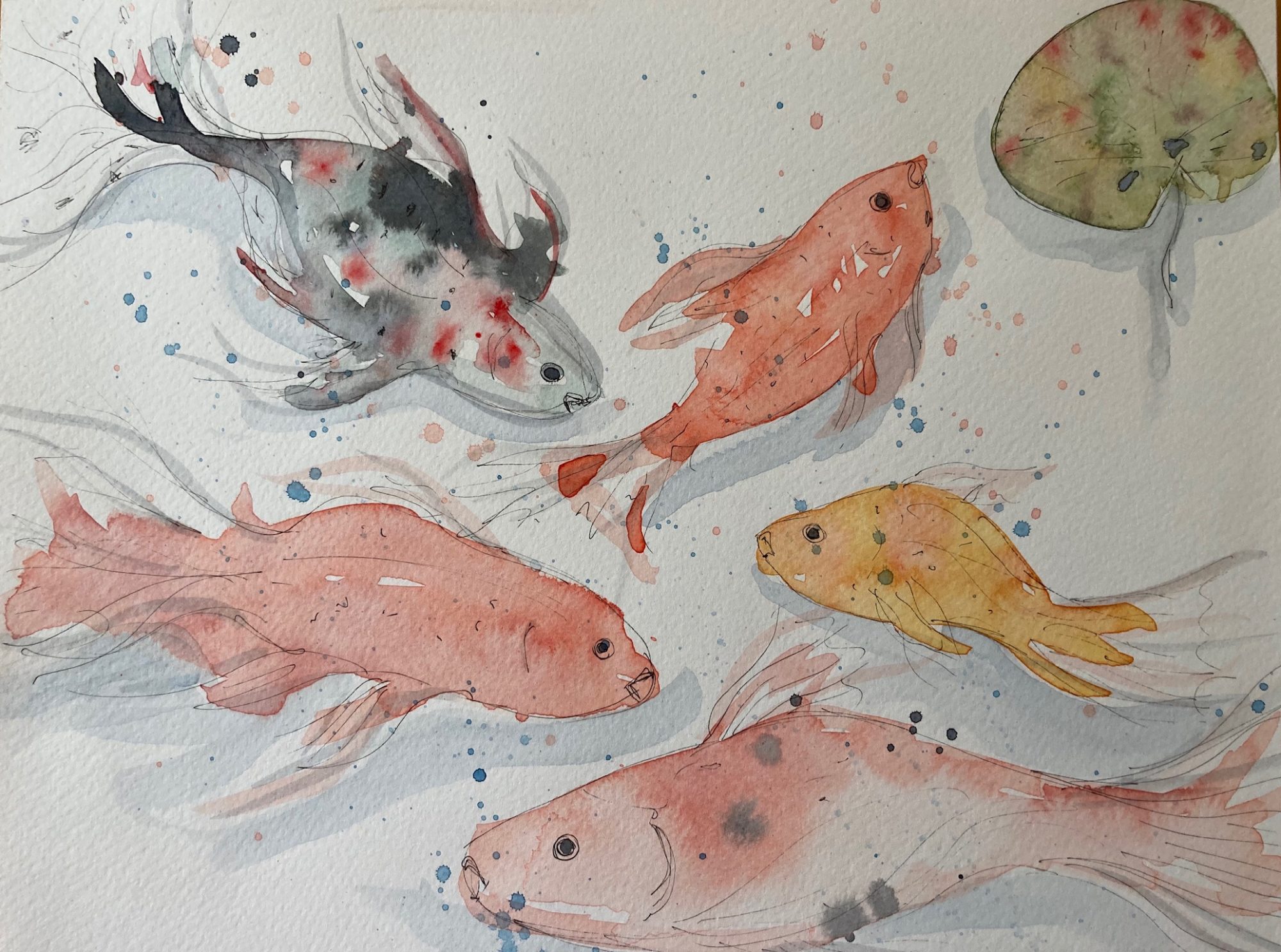Modernism – Postmodernism – Metamodernism
This week’s art theory lecture was expanding on last week’s discussion about Modernism, Postmodernism and the cultural philosophy of Metamodernism. I’ve spent some time researching it, there’s plenty of information online and Huff Post contributor Professor Seth Abrahamson has written several thought provoking essays on metamodernism.
The term ‘metamodernism’ was first used in 1975 by academic Mas’ud Zavarzadeh. Then around the 2000’s it began to be more widely referred to in culture. “By the mid-to-late 1970s it was clear that what the postmodern exertions of the 1960s had produced (along with much wonderful public policy) was an unanticipated side effect: a decay, disillusionment, and despair at the heart of American culture …” (Abrahamson, 2017). There was a need for an evolved cultural philosophy, and the internet played a large part in this shift. Cultural philosophies have a life span of about 50 years, but technological evolution often prompts a new cultural philosophy:
Romanticism ca 1790- 1850
Victorianism 1840 to 1900
Modernism ca 1890 to 1945 Modernists such as Picasso, Nietsche, Freud, Einstein, Schoenberg, Virginian Woolf were experimental and progressive in their artistic practices. Political and technological advances influenced their work, they stripped away facades and questioned and experimented. (The Age of Radio)
Postmodernism 1945 to 2005 The movement drew attention to contradiction, irony, meanness, scepticism, context and marginality – Andy Warhol, Jeff Koons, Robert Rauschenberg, Joseph Kosuth, punk rock, Brett Easton Ellis, Baudrillard, Derrida. There was an overall cultural “sense of glee” at embarrassment, hope, enthusiasm etc .(The Age of Television)
“Metamodernism reconstructs things by joining their opposing elements in an entirely new configuration rather than seeing those elements as being in competition with one another.” (Abrahamson, 2017). Think GIFS, think Lego Movie, Team American, Buffy the Vampire Slayer , Shia LeBoeuf, Chris Ofili, Zarah Hussein, Olafur Eliasson, Childish Gambino, Billie Eilish…. Metamodernism is generally referred to as oscillating between two extremes to create something new. It’s remixing to create a new outcome. (Which is what we experimented with in Stage 1 of the Foundation Course). It combines whimsy with spiritual depth, and is an unconscious cherry-picking of the best of modernism and postmodernism, it brings back the essence of humanity and interiority allowing self-expression which is both positive and negative. We are all individuals with an interior world. Are we entering an “I agree to disagree” era and moving away from “I am right, you are wrong”?
Interestingly, I couldn’t find any links to Metamodernism on the Tate Modern’s website. Is this because is it still classed as a contemporary and emerging movement, and not yet established enough for a genre in its own right? Is that what “modern”art is?
See www.whatismetamodern.com ”What is Metamodernism and Why Does it Matter?”an essay by Greg Dember (May, 2020). https://thesideview.co/journal/what-is-metamodernism-and-why-does-it-matter/ He states that in the arts and in contemporary social trends there is a current complex sense of playful irony, and experimentation in the intricacies of being human.
